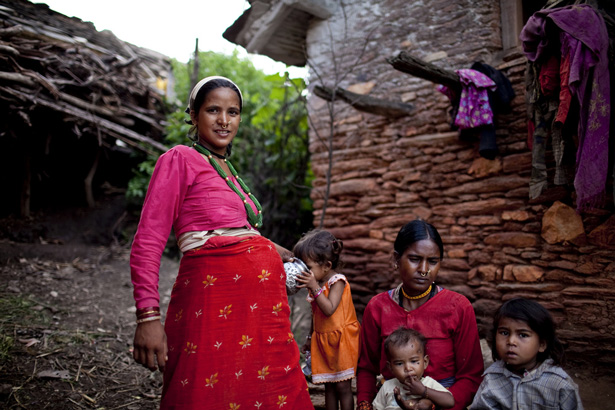-
Behind the Numbers
Reproductive Health and Population Issues in the MDGs: An Interview With Stan Bernstein
February 8, 2013 By Wilson Center Staff
Stan Bernstein, a retired UNFPA senior policy adviser and former health adviser on the UN Millennium Project, recently attended the Seventh Annual Research Conference on Population, Reproductive Health, and Economic Development in Oslo, Norway. During the conference, Bernstein reflected on the presence of reproductive health and population issues among the Millennium Development Goals (MDGs) and their indicators. He also commented on prospects for including relevant reproductive health and population goals or indicators in the development agenda beyond 2015. Bernstein hailed the role of research from the PopPov network in the past and its potential contributions to future development agendas. He answers some questions for PRB below.
Why is it important to include reproductive health and population issues in development goals?
There are several reasons. First, access to voluntary sexual and reproductive health care facilitates the attainment of other consensus development outcomes in the MDGs and other monitoring frameworks including reduction of poverty and preventable deaths of women and children. It empowers women to make life choices and balance the multiple tasks of their lives: education, social participation, family formation and family welfare, employment, and household resource management. In aggregate, these choices impact prospects for socioeconomic growth and environmental quality (both local and global).
Second, population growth, movement, and distribution can facilitate or impede progress on other development objectives and mask or reveal continuing challenges. For example, there has been some progress towards reducing the proportion of people living in extreme poverty since 1990 (though a lot of the decrease has been in only one part of the world, East Asia). But in some parts of the world (e.g., sub-Saharan Africa), progress in poverty reduction has not kept pace with population growth so a decreased proportion living in poverty actually translates into an increase in numbers. Similarly, the growth in numbers of people living in urban areas (mostly due to natural increase, but also as a result of migration), reveals the inadequacy of the slum reduction objective that was included in the MDGs. Improving the living conditions of 100 million urban dwellers (an MDG target) was an inadequate aspiration. Many times more than that number of people were added to urban populations – with disproportionate increases among the underserved poor – during the MDG timeframe. Global and national goal setting must be realistically scaled to population needs as well as to the available resources.
Continue reading on Behind the Numbers.
Photo Credit: Maheshwori Devi Bishwokarma with her family and friend in Nepal, courtesy of the Bill and Melinda Gates Foundation.
Topics: Africa, development, family planning, gender, global health, livelihoods, MDGs, population, poverty, urbanization
 A Publication of the Stimson Center.
A Publication of the Stimson Center.



